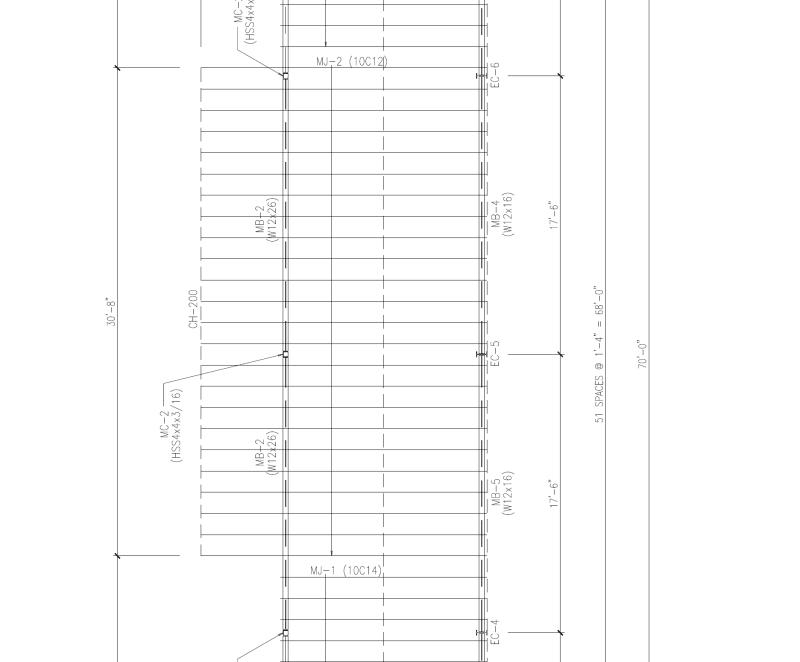DoubleStud
Structural
I do not have much experience with light gauge framing. I usually work with timber. I have a mezzanine in a prefab steel building that will be supplied/fabricated by the steel manufacturer. The joists will be 10C12 joists and at the end it cantilever about 5 ft. At the end of the cantilever they put a rim channel? They label it CH-200. It didn't yield any result when I googled it. I just assume it is a C channel. I need to add HSS newels at the end of this cantilever. How would you detail it? I am thinking about side mounting it on the rim but I am not sure how to go about it. The architect wants to use wood blocking between joists, but mixing these 2 different material confuses me. If the joists were wood, I know what to do. Not sure what to do here. Help?


